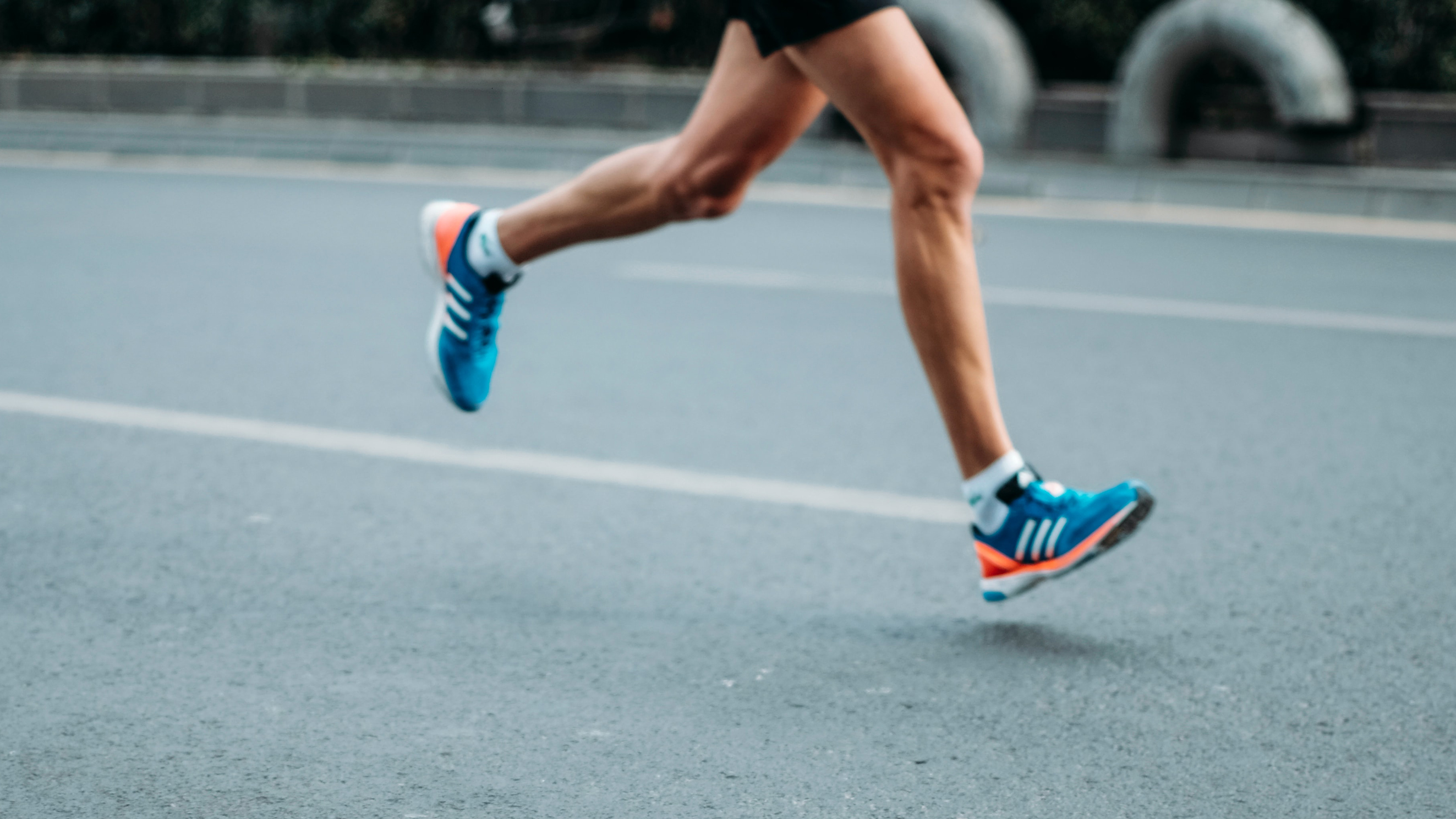How far do you have to run to burn 500 calories?
Running is a really inefficient calorie burner compared to HIIT. So why does our writer still choose to go jogging?


Running is a great way to improve cardiovascular fitness, spend time outdoors, train your physical endurance and even boost your mood. However, if you've ever checked your fitness watch to see how many calories you've torched halfway through your run (and the best fitness watch or best Fitbit models all have in-built calorie counters), you'll know the feeling of looking at that depressingly small number and going "That's it?!"
You've put in an enormous amount of effort, puffing away on the sidewalk, so to find out you've only burned 200 calories – around 50 grams of cheddar cheese, for context – is somewhat galling. As someone who loves running, I'm always shocked when I look at the woefully small number of calories on my watch during a jog.
Unfortunately, if you're exercising purely for weight loss, running doesn't have as much to recommend it as a different form of exercise, like HIIT training. Australian and Norwegian researchers found HIIT "significantly" increases cardiorespiratory fitness by almost double that of moderate-intensity continuous training, improving lifestyle-related diseases such as coronary artery disease, heart failure and diabetes.
HIIT workouts, or high-intensity interval training, are all based around working at your maximum capacity, expending as much energy as we can in a short space of time. Going for a run is typically based around expending a small-to-moderate amount of energy for a sustained period of time, which is why we burn comparatively few calories during a run.
Inputting my approximate weight (75kg for a 5'10" man) into the MyFitnessPal calculator, I've found it would take me around 40 minutes, running at nine minutes a mile or 5.35 mins/km, to burn just over 500 calories. That's four-and-a-half miles. You can calculate the approximate time/distance it would take you to burn 500kcal by inputting your details into the link above.

Doubling it, I would have to run just under 10 miles at that same pace, taking one hour and 20 minutes to burn 1080 calories, the amount in a Big Mac and Medium Fries according to the McDonald's website. That's a lot of effort for a guilt-free burger.
On the other hand, a HIIT workout lasting 40 minutes might be able to burn the same amount of calories, especially if it's part of our four-week HIIT training plan. So why do I still run, when other forms of exercise are far more efficient for losing weight?
Start your week with achievable workout ideas, health tips and wellbeing advice in your inbox.
Because I love running. As someone who's been working from home in a small flat for the last year, running was an oasis, a sense of real forward momentum in my little world stagnating under lockdown. Venturing down to the park and staying in the same little spot, doing burpees and broad jumps and skipping until it sucked, really didn't seem as appealing to me as hitting the road and running along the river, or finding new routes through London.
One study examining people's barriers to exercise found a perceived lack of enjoyment to be one of the key things stopping people from lacing up their sneakers. If you find an exercise you enjoy, you're much more likely to stick with it. Any kind of movement, efficient or not, is beneficial to your mental and physical health.
Matt Evans is an experienced health and fitness journalist and is currently Fitness and Wellbeing Editor at TechRadar, covering all things exercise and nutrition on Fit&Well's tech-focused sister site. Matt originally discovered exercise through martial arts: he holds a black belt in Karate and remains a keen runner, gym-goer, and infrequent yogi. His top fitness tip? Stretch.
